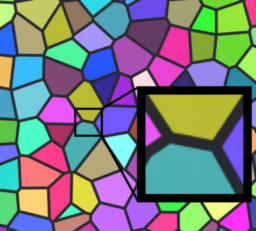- explains what variable rate shading is and what use cases it enables
- a control texture allows varying of the shading rate on a 16x16 pixel grid
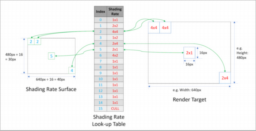
- explains the recent developments in VR headsets and how Turing offers new hardware solutions
- extensions that allow rendering up to 4 different views, with view-dependent attributes using a single invocation
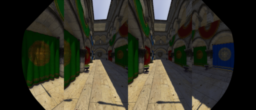
- a new encoding method for Spherical Gaussians that improves quality from previous encoding methods
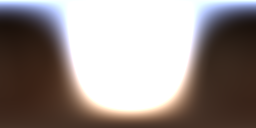
- presents a high-level overview of how to implement interior mapping
- comments have much information about the timeline of games that used similar techniques
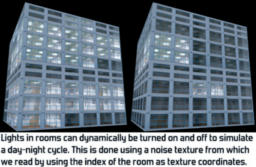
- discusses a technique to generate instanced geometry procedurally on the GPU using OpenGL compute shaders
- aimed at filling vast streaming worlds that are broken down into tiles
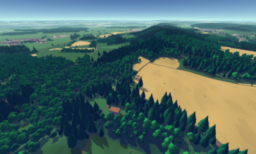
- new stream coding series about the creation of a Vulkan renderer from scratch
- the first two episodes implement rendering of a single triangle on screen

- pre-print of an article that will appear in GPU Zen 2
- implements adaptive tessellation using OpenGL 4.5 compute shaders
- source code: https://github.com/jadkhoury/TessellationDemo
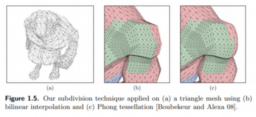
- Twitter thread discussing Raw vs. Typed buffer performance on Claybook
- suggest using raw buffers if supported

- overview of new features included in CUDA 10
- Multi-Precision Tensor Cores are exposed on Turing
- CUDA Graphs allow the specification and recording of an execution graph that can be executed multiple times, this reduces overhead and allows the compiler to apply further optimizations
- interoperability with Vulkan and D3D12 is supported
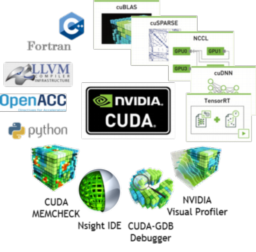
- extends the Metal raytracer with obj model loading
- a simple diffuse BRDF implementation, including frame accumulation and shadows
- provides a Mitsuba test scene
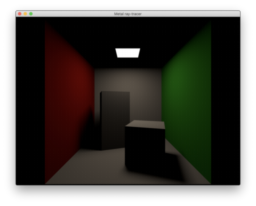
- walkthrough of the geometry pipeline on current GPU architectures and how mesh shaders fit into it
- description of an upgrade path to mesh shaders
- look at possibilities of future use cases
- updated post now includes SM warp-issue-stall metrics
- previously discussed in issue-26

- summary of resources for graphics programmers to study and keep up-to-date with the graphics programming community
- a tutorial that shows how to implement a custom rendering pipeline in Unity
- implements skybox rendering, culling filtering, sorting and rendering of unlit objects
- how to improve memory usage and better integration with the Unity frame debugger

- Unreal released the tech talks from SIGGRAPH 2018
- Virtual Production in Unreal Engine 4.20, Mixed Reality Production with Unreal Engine, Fortnite: Advancing the Animation Pipeline, Real-Time Motion Capture in Unreal Engine

If you are enjoying the series and getting value from it, please consider supporting this blog.
Support this blog